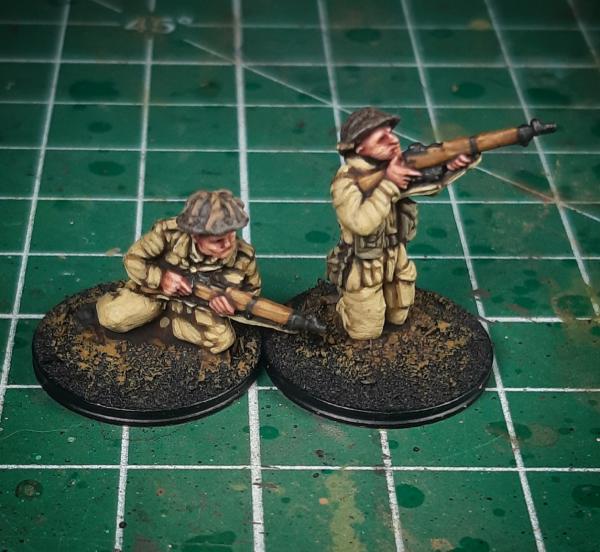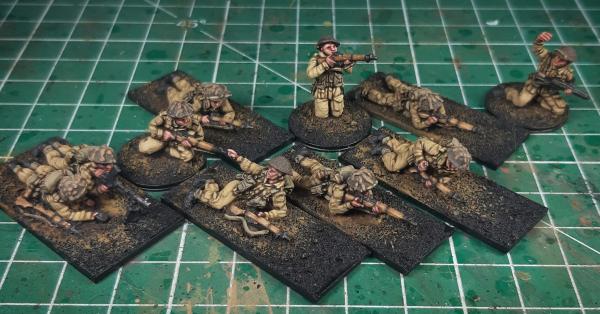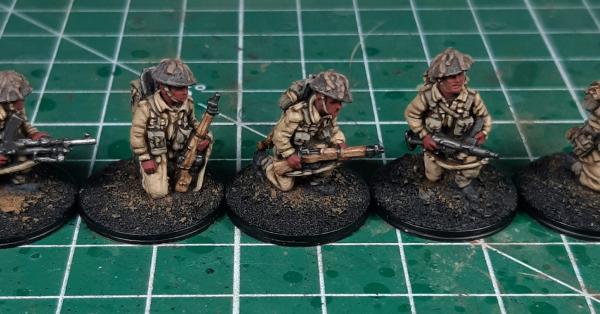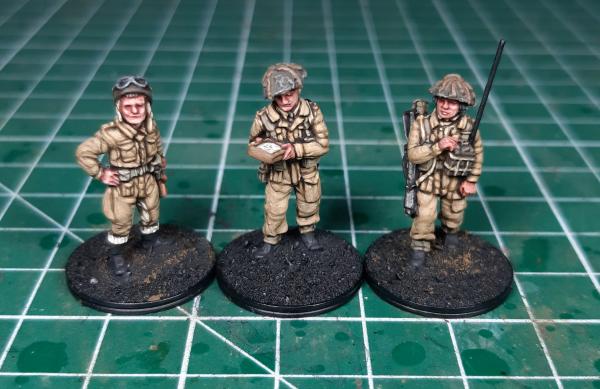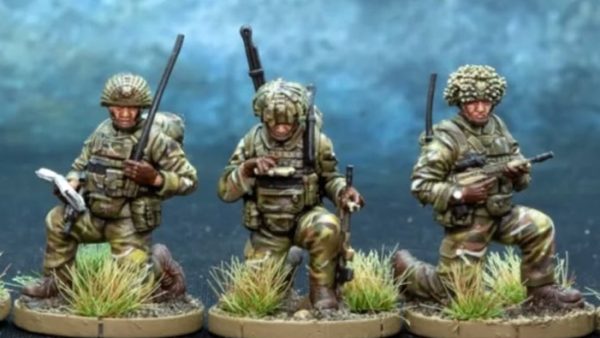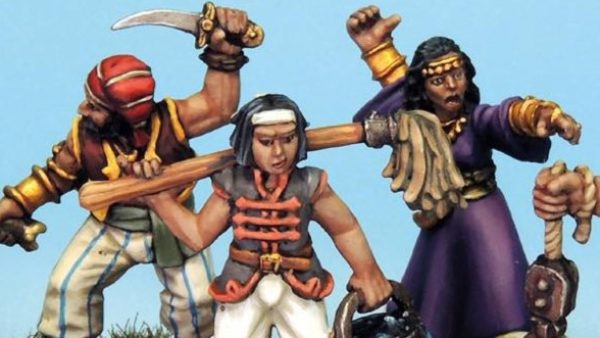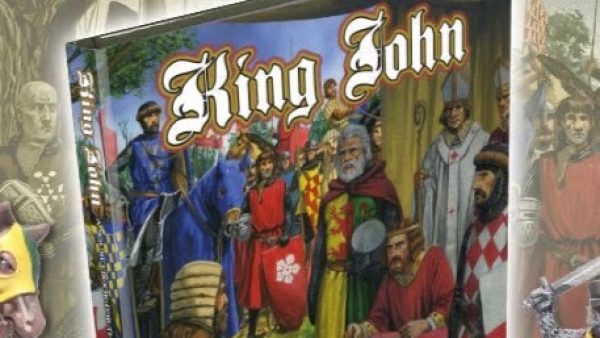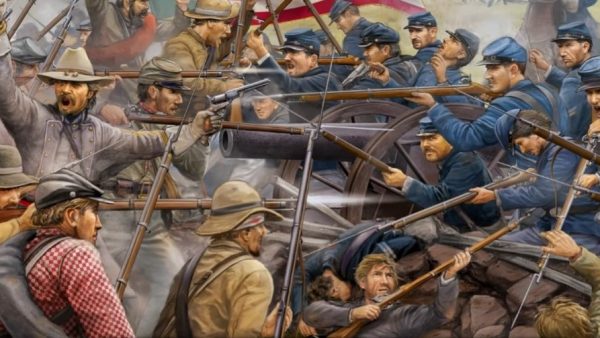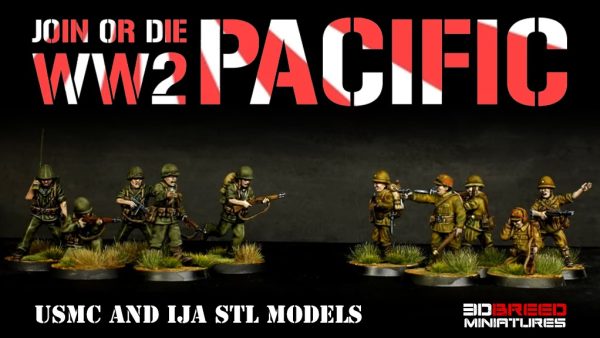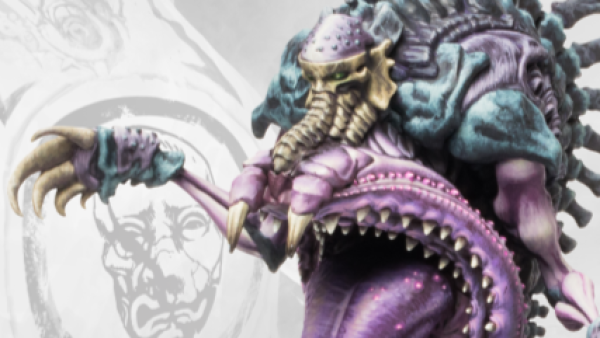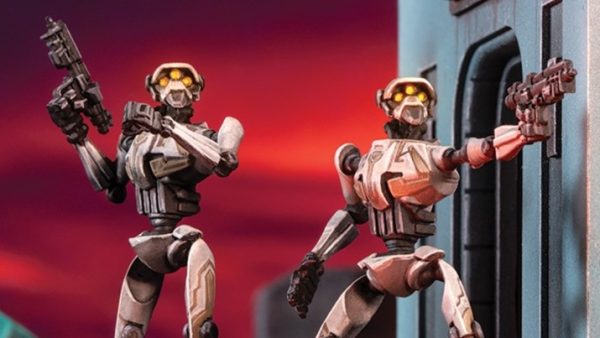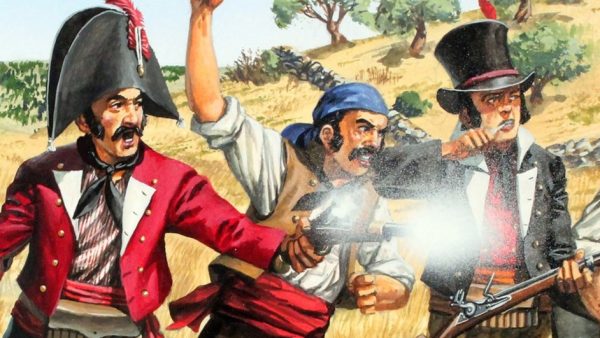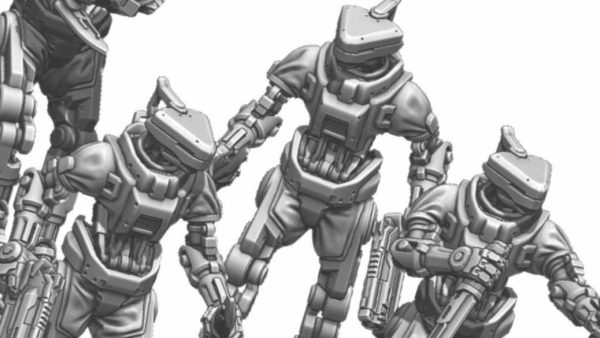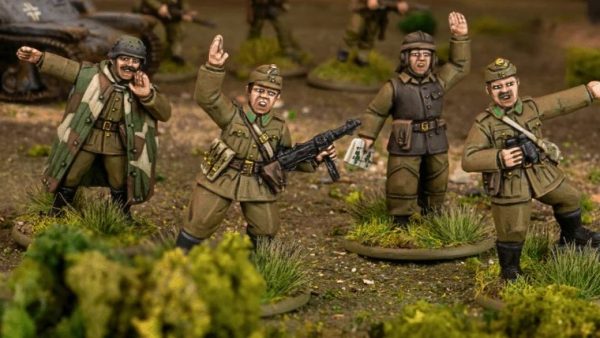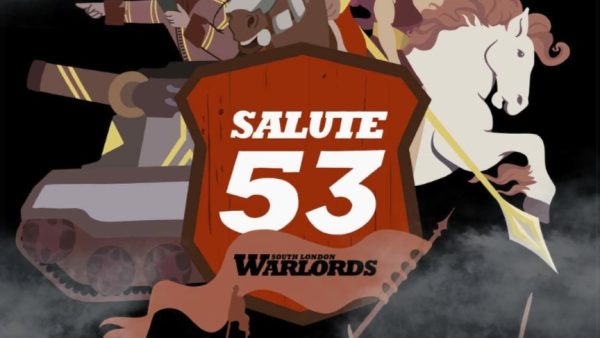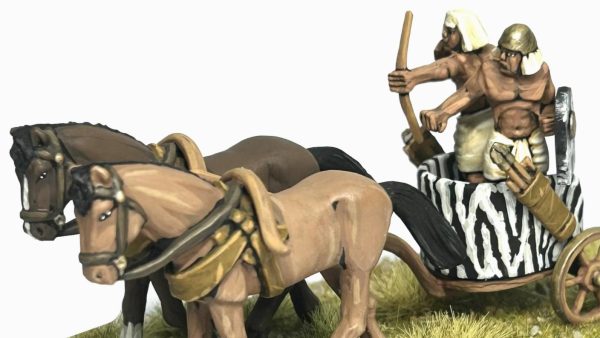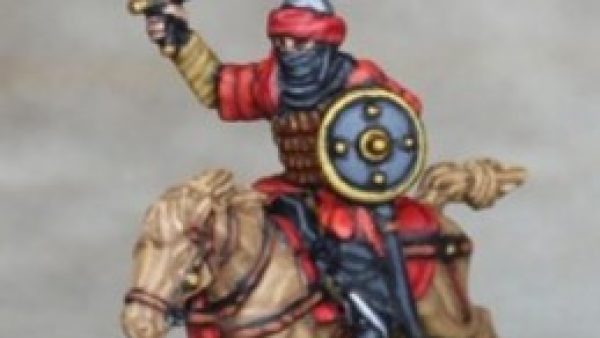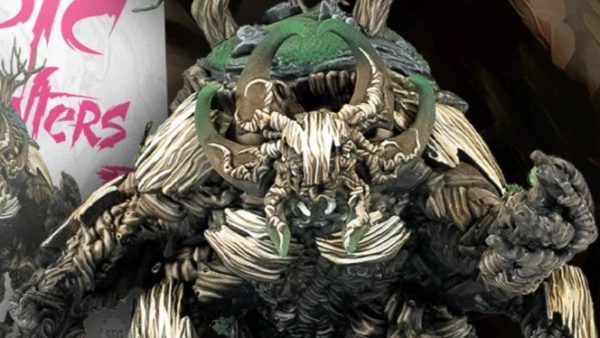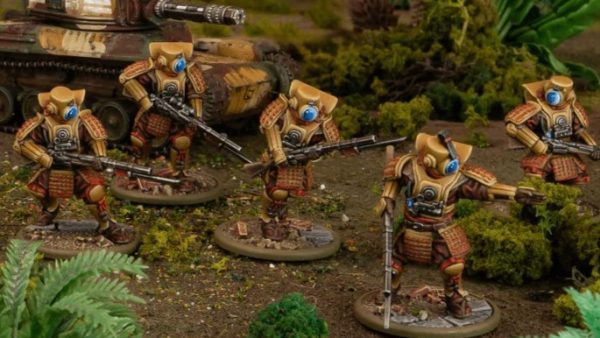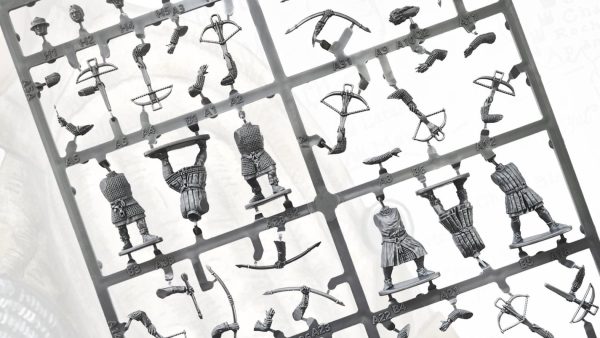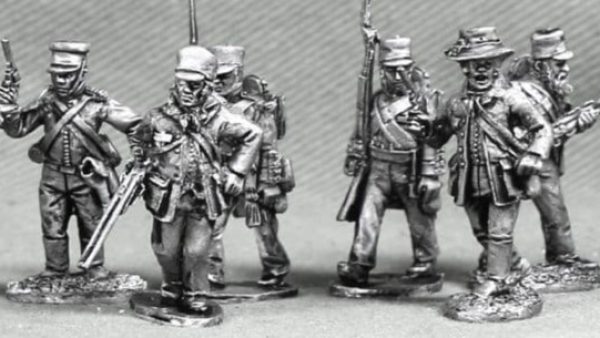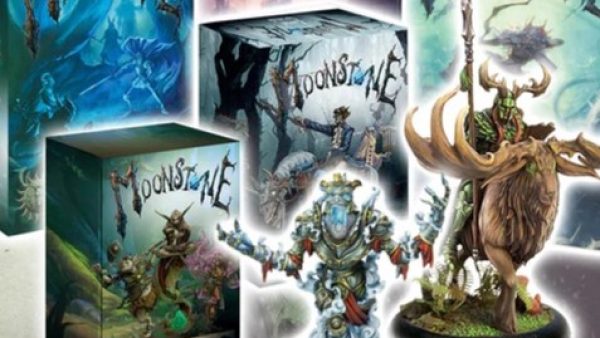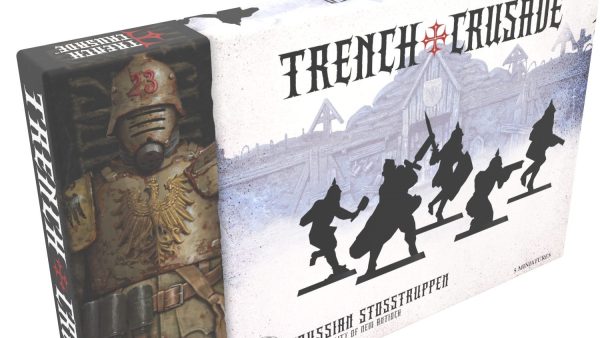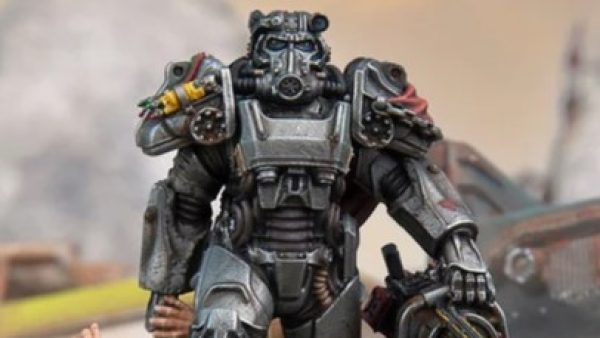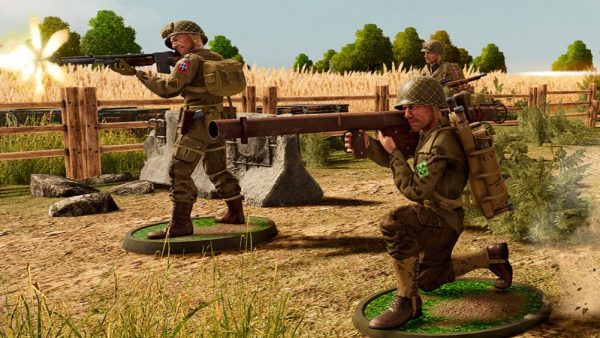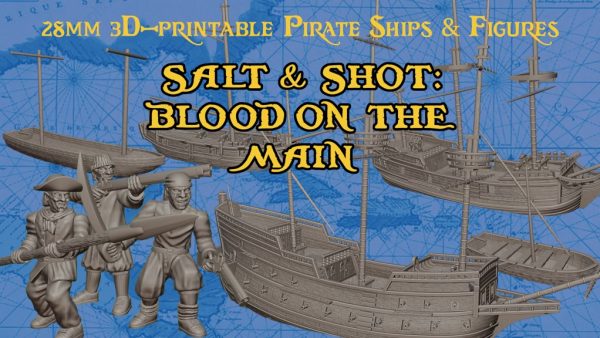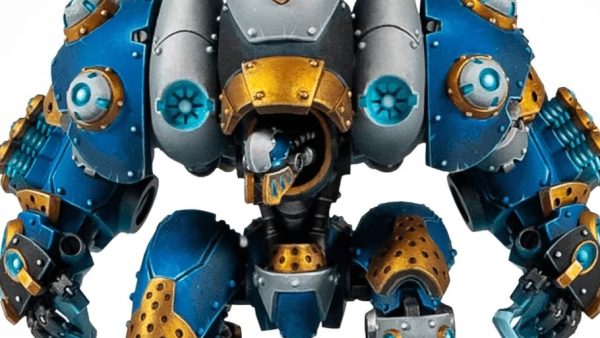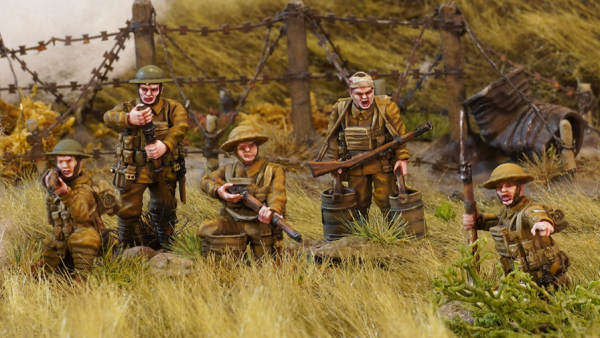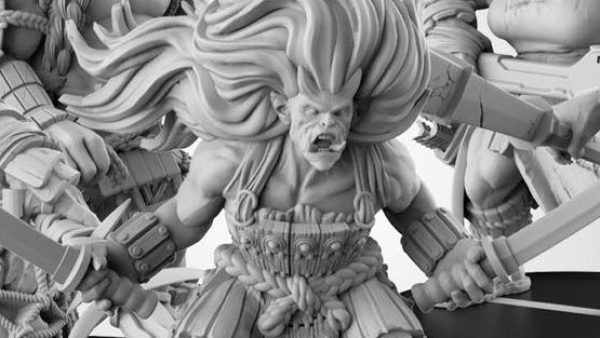Home › Forums › Painting in Tabletop Gaming › What Are You Painting Now?
- This topic has 4,897 replies, 1 voice, and was last updated 5 months, 1 week ago by
 brennon.
brennon.
-
AuthorPosts
-
December 20, 2019 at 12:31 pm #1465923
Two more squads of phase one clone troopers are finished.
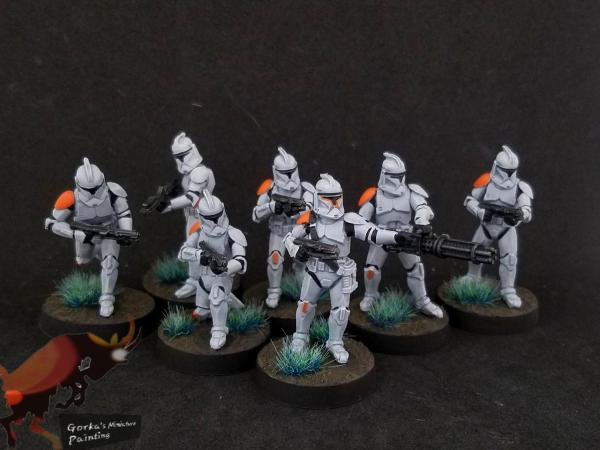
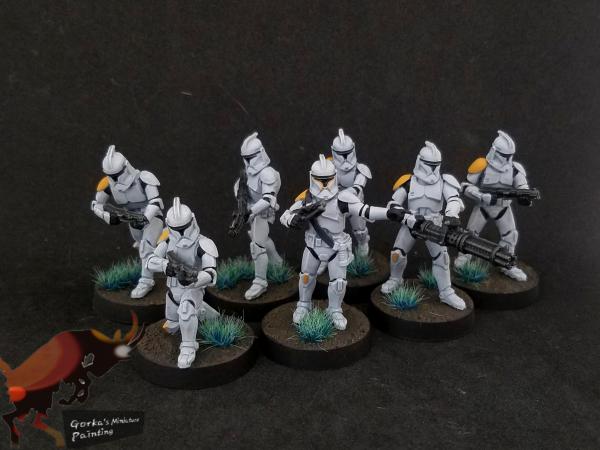 December 21, 2019 at 3:41 am #1466195December 21, 2019 at 11:13 pm #1466273
December 21, 2019 at 3:41 am #1466195December 21, 2019 at 11:13 pm #1466273Continuing with my journey into 1938 A Very British Civil War I am doing a two part article on the Royalist forces and the armies of King Edward VIII.
The Royalist Armies of King Edward VIII
Despite being in theory Commander-in-Chief of the Armed Forces of the United Kingdom and the Empire, the resources King Edward VIII can draw on are very limited and severely stretched by the crisis. There are in reality two principle Royal armies, The Northern Army and the Army of the Severn Valley. In addition, there are concentrations of Royal units in London, Devon, Cornwall and the East Midlands amongst other places.
The actually British Army has begun a process of modernisation in the mid-thirties, but it is by no means complete by the time the civil war broke out. Thus some but not all of the Regular units have the new Bren gun, whilst most Territorial units still carry the Lewis gun. Heavy support may be supplied by the 3 inch Stokes mortar or the newly issued Ordinance ML, Mortar Launcher and by the eighteen pounder field gun. The civil war has seen the process of mechanisation slow down and whilst the armoured cars and tanks are available to the Royalist forces, the terrain and style of warfare means that the cavalry regiments are just as likely to use horses.
The Army of the Severn Valley
The Army of the Severn valley consists of a number of Regular units including elements of the Grenadier and Coldstream Guards, the Life-Guards and the Royal Horse Guards. Also there is a Gurkha battalion, the King’s Troop of the Royal Horse Artillery and a part of the Royal Tank Corp. In addition the king’s advisors, Lord Cirencester, Duke of Montfort and the Earl of Glamorgan have mobilised loyal Territorial and militia forces from Shrewsbury down to Bristol as well as raising volunteer companies including cadet forces for Eton and Harrow.
The Royal Guard Division
Most of the elite units held in reserve around Worcester, Malvern and the King’s court at Madresfield House. It was these formations that effectively checked the Anglican League and eventually drove back the People’s Assault Columns during the first Severn Valley campaign.Edward’s Guard regiments have become the model of military professionalism in the civil war and are regarded as elite troops of terms of morale and ability. That having been said the Household Cavalry do show a disturbing habit of “going Balaclava” when serving on horseback.
The Welsh Border Division
On the Welsh Borders there are four main concentrations of Royalist forces, to the south the Earl of Glamorgan has the mission of trying to retrieve stocks of coal from the South Wales pits. Around Hereford, the British Union of Fascists and local militias pursue the remnants of the former Bishop of Hereford’s Anglican League forces now established in the diocese of Archenfield. At Ludlow a force of German volunteers under the Duke of Brunswick, contain Welsh raids and in the north an independent Royalist state centred around Shrewsbury, guards against the Socialist advances from Staffordshire and the northern routes used by the Welsh Nationalists.West Midlands Division
Major-General Sir Michael Greystoke commands the line from Ironbridge to Warwick with a mixed brigade of Regulars brought up to strength with Territorial reserves and volunteers. The main threat here comes from the Socialist League cities Birmingham and the East Midlands.Southern Division
The first and second Independent Brigades commanded by Duke of Montfort and Lord Cirencester respectively, are the largest formations on the Southern Front. Montfort controls the vital port of Bristol and Gloucester as well as Cheltenham. Cirencester is based at Worcester and has a fairly mobile force capable of plugging gaps and going on the offensive.
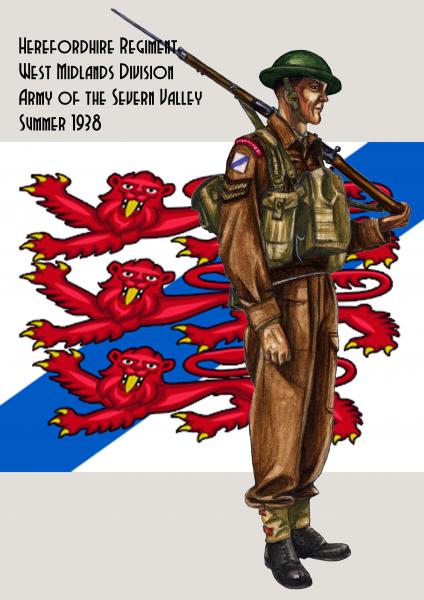 December 22, 2019 at 3:17 am #1466306December 22, 2019 at 6:32 pm #1466346
December 22, 2019 at 3:17 am #1466306December 22, 2019 at 6:32 pm #1466346Today I bring you the second part of King Edward VIII Royalist Army and it is the Northern Army.
The Northern Army
In the North of England, Sir Thomas Percy appointed March Warden, has command of the loyalist Regulars and Territorials and has powers to raise militia forces as well. Percy has taken the line of an active defence and so it is common for cavalry and motorised units to raid into Scotland as “pre-emptive actions”.The Broder Division
Consisting of the forces covering the Borders from Berwick to Carlisle, this division’s focus is countering the raids and invasions of the Scottish Republic. It has a good record in defence already having fought off two sieges at Berwick and has taken offensive action in the borders burning Jedburgh, but was beaten back in a counter attack during a snow storm. Most recently, this division kept the Scottish Republic forces by bay during the Albertine landings on the Cumbrian coast and inflicted a major defeat on the Scottish forces around Kingstown just north of Carlisle.The North East Division
This division has had variety of tasks including containing the uprising in Newcastle and Durham. Its main focus has been putting pressure on the Yorkist Front. As such it played an important part in the unsuccessful assault of Hull.Cumberland and Westmoreland Division
This division has recently been formed to counter the Albertine enclave on the Cumberland coast and to take over policing the Lakelands. Much of its forces are militia and volunteers, as most of the regular are already stretched fairly thin in neighbouring divisions. However, the division has picked up some of the Lancashire Territorial and Yeomanry units and shares a few Cumberland and Westmoreland unit the Border Division.Liverpool Division
The one responsibility of this division is to continue the siege of the Free State of Liverpool. It brings together the Loyal Liverpool units and reinforcements largely drawn from Manchester and Lancashire. The Division famously refused assistance to the British Union of Fascists expedition against the Isle of Man and consequently has a difficult relationship with some of the reactionary militias under its command.Cheshire Division
This was originally part of the Liverpool Division but had to be broken off to deal with the Anglican League rising from Cheshire and the increased incursions by the Nationalists in Wales. Under the command of Lord Farndon, this is essentially a county force supplemented by private and reactionary militias.In addition to these there are a number of independent divisions and these include
The City of London Division
Devon and Cornwall Division
Eastern England Division
Duke of Rutland’s East Midlands Division
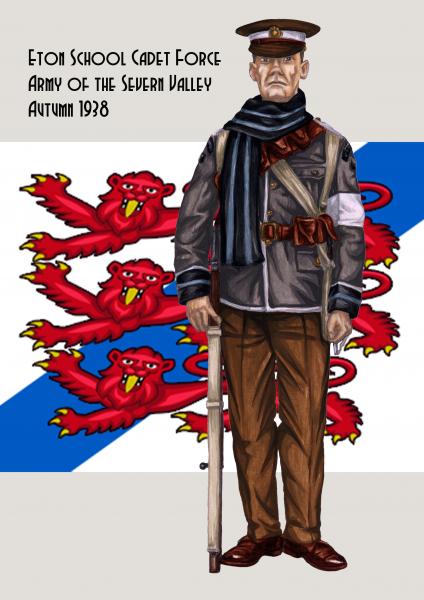
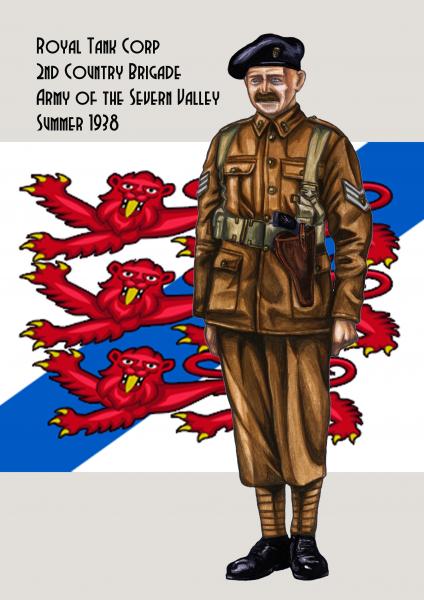 December 23, 2019 at 3:49 am #1466448December 23, 2019 at 4:04 pm #1466533
December 23, 2019 at 3:49 am #1466448December 23, 2019 at 4:04 pm #1466533A Christmas greeting to you all! 🙂 I completed a Reaper dragon opening a present…
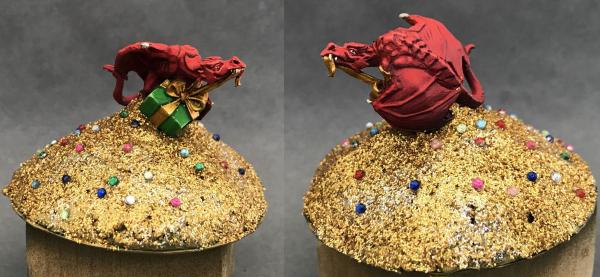
The intention was to get it into a Christmas bulb so I could give it to my sister (when you have past 40 it starts to get difficult to find surprises….) and after a lot of fiddling with glue and supports (had to 3D-print a holder, now covered in gold 🙂 ) this is the result.
 December 23, 2019 at 6:31 pm #1466572
December 23, 2019 at 6:31 pm #1466572Today on my continuing journey into the world of 1938 A Very British Civil War I bring you the first part of the Ring Wing and Reactionary Forces.
The British Union of Fascists Legions and Militias
The British Union of Fascists like its continental brethren in Italy and Spain has always been a militaristic organisation. The Party was able to formalise and arm this military while acting as part if the auxiliary constabulary. As the crisis deepened and the Regular army divided, this pretence was abandoned and the Fascist Legions were established.The British Union of Fascists’ military wing was divided into two; the Legion organised and controlled by the Central Party and the militias or auxiliaries raised and run by the local branch parties. Whilst the Legion is brigade strength, the militias and auxiliaries rarely muster anything below company size and as such are often found in composite Royalist or Reactionary forces. The Legion also has separate squadrons of armoured cars, and is starting to form tank units to supplement those of the Regular army. This has been largely the work of Major-General A A Fielding, a former member of the Army General staff and architect of armoured tactics. The legion is the strike force of the Mosley Government and has been on the whole been used en masse in major campaigns against large rebel forces. Following the drive on Canterbury against the Anglican League, the Legion was reformed. Smaller formations have been sent out to support local offensives by local militias.
The Legion is well served with weapons and follows the army structure of sections, platoons, companies, etc, though name of these might be different. Its weakest arm is its artillery which it often relies on the Regular or Territorial formations to help with this. Learning from the German model, “Strom” or “Action” squads are sometimes trained, having a ratio of close fighting weapons and automatic weapons such as Thompson, Berretta and Bergmann submachine guns.
The local militias and auxiliaries are similar to most Local Defence Volunteers with a preponderance of rifles, hunting, civilian and military, some support weapons such as Lewis Guns and maybe the odd heavy machine gun.
Given its role as an assault column it is unsurprising that the Legion has plenty of road transport, much of it has been “re-directed” from old, defunct and replaced Regular units, some of which has been armoured in the usual way with anti-grenade cages and armoured plates. It can also boast several armoured or armoured car units exhibiting a mixture of army “acquired” items and foreign imports.
Uniforms
The Legion’s uniform is that of the British Union of Fascists, the Action Press uniform, from before the crisis and civil war. Black high collar tunics and trousers, with lapelled tunics, shirts, ties, riding breeches and boots for its offices, with a British Army style peaked hat or Italian inspired field service cap, also in black but some units has the uniform is grey. Silver buttons and cap decorations, bearing the British Union of Fascists thunder flash over the fasces are generally darkness but the cloth thunder flash badge is still worn above the elbow on the left sleeve or as a cloth armband.Militia and Auxiliary uniforms show more variety, although black jerseys and the thunder flash armbands are very common. Amongst the better equipped militias and auxiliaries, the Legions’ uniform is copied although they might also be found wearing uniforms based on those of the Italian Squardristi or the German SA, betraying the predilection of the local leadership for a particular branch of fascism.
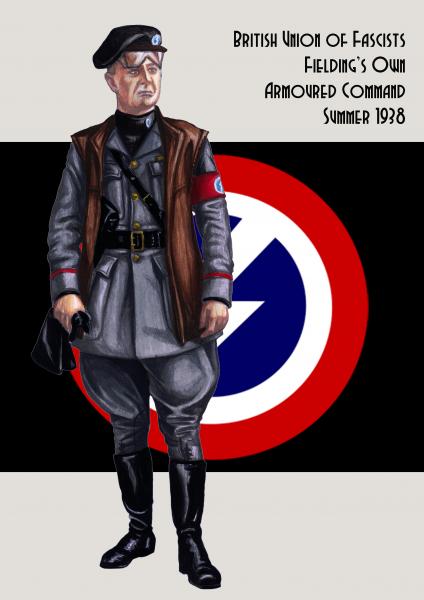
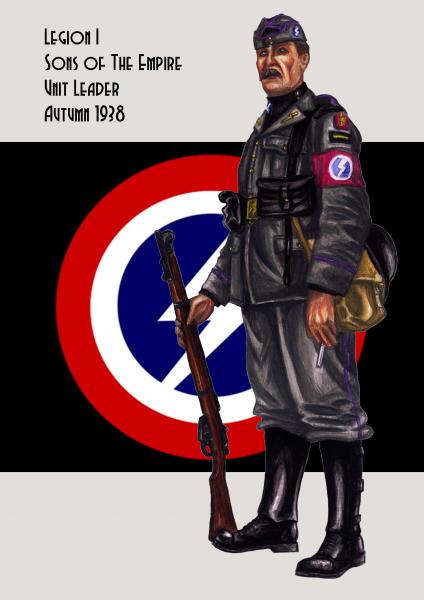 December 23, 2019 at 9:10 pm #1466638
December 23, 2019 at 9:10 pm #1466638Getting ready for Christmas… Just finished this snow globe. Really fun project.
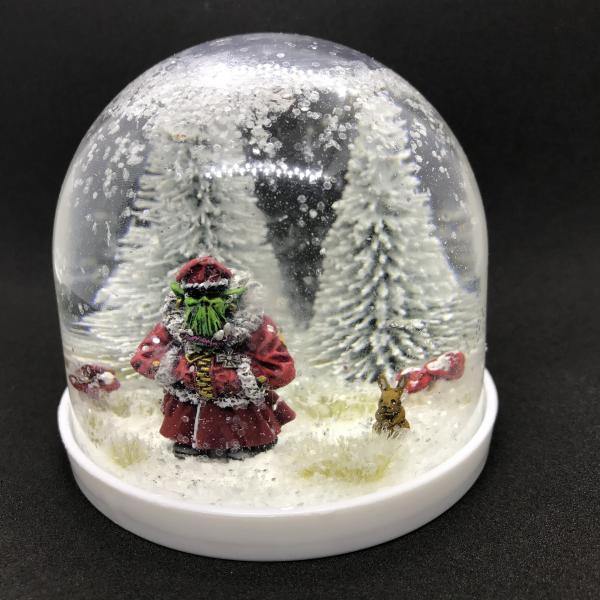
And it shakes too!
https://youtu.be/n3AsH8Sb7GQI created a project if someone wants to see the steps, give feedback or share their tips and tricks. I hope you enjoy it 🙂
December 24, 2019 at 6:42 pm #1466817Continuing on my journey into the world of 1938 A Very British Civil War here is the second part of the of the Ring Wing and Reactionary forces.
British Fascisti
Led by the wealthy heiress Emma Picton-Bryant, this fascist organization is far more traditional and less revolutionary than its British Union of Fascists rivals. Key to the organisation is the preservation of the Monarchy, making them more acceptable to the Royalists and their cause than the British Union of Fascists. More modest in strength, the British Fascisti can still however fields several infantry formations and has considerable motorized resources, largely making use of the members own vehicles adapted for war. They also have recruited foreign volunteers mainly for ex Czarist Russians and political reactionaries from other Slavic countries.English Array
This is another small reactionary group seeking the restoration of a more feudal England, returning power to the landed nobility. As such it tends to be quite a rural movement. In a number of places local landowners have adopted its vision, claiming land and imposing duties on the tenant farmers backed up by forceful militia support. The English Array is also quite traditional in its religious outlook seeking a return to Catholicism as the national religion. Again the English Array makes use of foreign volunteers largely from Catholic countries of Eastern Europe. When not required for combat duties these volunteers act as itinerant labourers on the big estates. Economically these settlements achieve high yields and are highly valuable to the Royalist war effect. Equally they are prized targets for the Royalists’ enemies and so have to be defended well. Militarily a lot of the English Array resources go into supplying garrison forces, but when needed, they can supply militia, mainly infantry or the occasional cavalry unit to the mobile field armies.The Order of the Martyrs
Eager for volunteers to help stem the ever increasing threats to his throne, King Edward VIII and his military advisors welcomed the approaches of Lord William FitzOsberne. FitzOsberne, an ardent Roman Catholic and northern land owner, was quick to spot the potential for volunteers amongst England’s minority Catholic population. Seeing the Church of England divided and in disarray over the King and the civil war, FitzOsberne reasoned now was a chance to reassert the claims of the older branch of the Christian faith in Britain. With the support from other mainly northern members of the aristocracy, plans for a Catholic League known as the Order of the Martyrs started to take shape and was born.As well as recruits from their own estates, the leaders of the order found willing volunteers amongst refugees from the Liverpool Free State out of favour with its increasingly Left Wing agenda. The Order of the Martyrs also quickly established friends aboard. While the Papacy was very willing to dispatch emissaries at the highest political levels to the court the King and champion the aspirations of British Catholics, covert funding was being channelled from foreign supporters in the form of arms and equipment as well as advisors and volunteers chiefly from Italy and Spain.
FitzOsberne quickly raised the first of several battalions and began to assist the Royalist Northern Army. While a second formation supported the Royalists in Devon-Somerset Front and a third supporting the Royalist forces of the Duke of Rutland, under Lord Quenby, in the East Midland Front. Quickly Catholic groups varying in size were listed on the orbats of many Royalist formations.
As well as armed volunteers, the Order of the Martyrs distributed humanitarian aid, although chiefly to areas firmly under Royalist control. There was also much involvement from Catholic priests and religious orders. As well as serving as chaplains to the armed forces these groups developed educational programmes aimed at reconverting many to the Catholic faith. In areas where there had been strong opposition to the Church of England tithe, the Catholic Church got a fair hearing and was accepted as an upholder of traditional values and the rebellious Anglicans were seen to have disregarded.
Politically, the Order of the Martyrs has as its central doctrine the preservation of tradition and order. As such loyalty to the divine institution of Kingship was unswerving, regardless if the moral laxity of the incumbent. The “difficulties” could for the moment at least be put aside while the Catholic Church embraced opportunities not seen for 300 years. As well as support for the monarchy, there was a deep rooted hatred of Socialism and Left wing revolution. This agenda brought many allies on the Far Right who saw a robust Catholicism as a far more suitable partner in power than the liberal and suspect Church of England could ever be.
Another source of volunteers for the Order of the Martyrs came from Northern Ireland’s Catholic community. Many saw the turmoil in Britain as a chance to influence their own political destiny and achieve more representative Government. As Ireland faced its own troubles, a steady stream of volunteers joined the Order of the Martyr and ironically, fight for an English King.
If a form of words could be found that allowed for the acceptance of the Royal Consort, Wallis, then maybe the effects of a much earlier Royal marriage might be ultimately reversed.
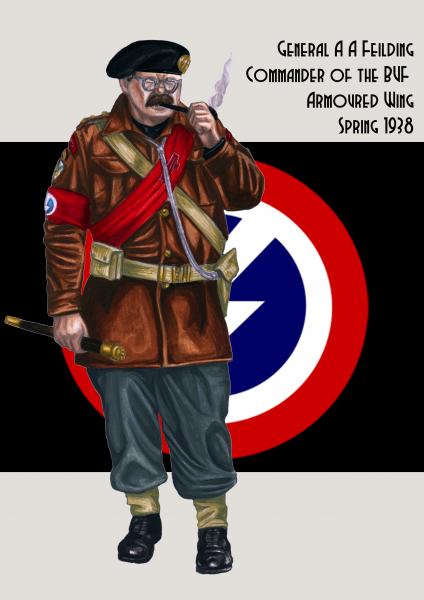
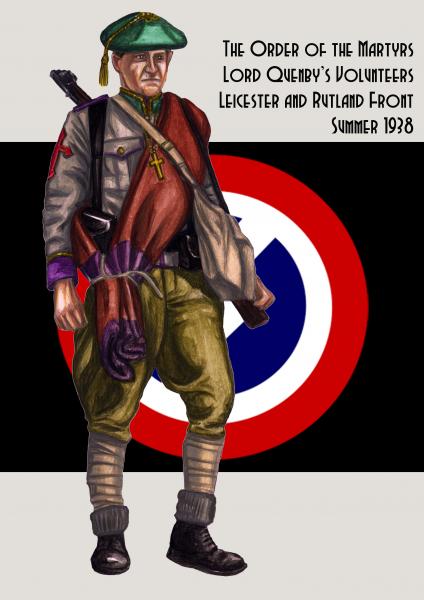 December 26, 2019 at 12:06 am #1466977
December 26, 2019 at 12:06 am #1466977Today in my journey into 1938 A Very British Civil War we taking a look at the first part of the Anglican League.
The Anglican League encompasses a wide range of moderate political groups opposed to the King. The Church of England because of its outspoken criticism of the King’s marriage has become the figurehead for a much wider political movement. They are recognised as the only truly national body opposed to King Edward VIII.
The Church of England itself however, is far from united and at times uncertain about the direction the Anglican League should take. Queen Anne’s bounty or the Title remains highly divisive. Its continued collection aids the war effort but at the same time alienates mick of the countryside that would otherwise support what the League stands for. The Leadership of the Church of England is also divided as to the goals of the war. Archbishop of Canterbury, H. A. L. Cosgrove would be content with the dismissal of Prime Minister Mosley. The Bishop of Bath and Wells seeks the removal of the King while the Archbishop of York advocates a social revolution! These contesting views points have made effective strategy rather difficult and put the league slightly on the back foot since the unsuccessful first Severn Valley campaign.
The Anglican League’s military wing is structured around the local diocese, each with a military commander sometimes, as in the case of Bath and Wells, is the Bishop himself. Whilst most of the diocese forces have battalion strength, some of the smaller and less prosperous areas field smaller units. In addition, they are at present four what might be termed “Field Armies” and several more localised brigades.
The equipment available to the Anglican League tends to be small arms and light machine guns from British military sources, although this is being supplemented by imported equipment. Large quantities of weapons and vehicles purchased in France and smuggled across the Channel arrive in Dover or one of the channel ports and are sent by rail up to the front or even to the Bishop of Bath and Wells’ forces in the west. The York Anglican League is largely supplied via the port of Hull.
The Anglican Leagues’ troops sport some of the most fanciful uniforms of the civil war. Each Bishopric has its own and whilst the look may be predominantly British in cut, they tend to be more colourful than other factions. The Archbishop of Canterbury’s men wear royal blue tunics for example, with French Adrian helmets brought over from France, whilst the Bishop of Bath and Wells, who has travelled widely in Europe after the Great War and has been impressed by the strength of faith shown of the Carlists in Spain, has given his militias a somewhat continental look topped off by red or cherry berets. The local British Union of Fascists units have nicknamed them the “Cherry Tarts”.
The troops of the Anglican League are no better prepared for their role than any of the other militias. However, their faith and the charisma of the Bishops and clergy amongst them achieve somewhat better morale than the average militia units.
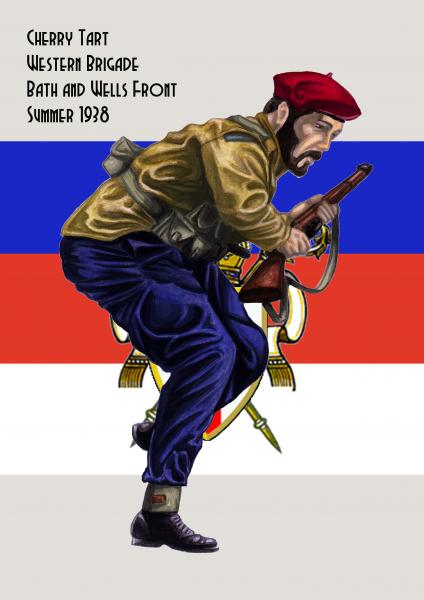
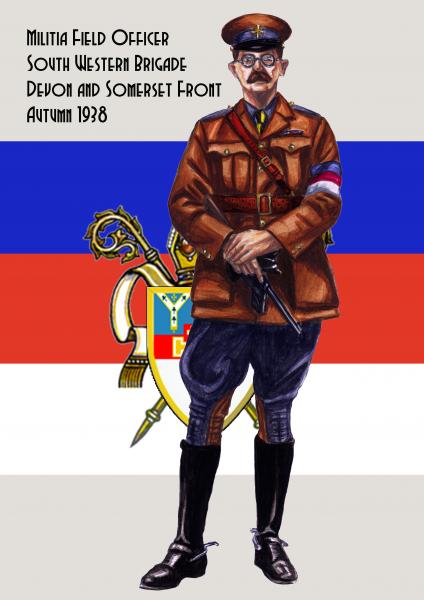 December 26, 2019 at 11:25 am #1467023
December 26, 2019 at 11:25 am #1467023Continuing on the 1938 A Very British Civil War theme as I have been doing of late today I am being you the second part of the Anglican League.
Southern Division
St Augustine Brigade
The Augustine Brigade was formed largely from the veterans of the defence of Canterbury. Now holding the line at the Medway, this brigade is to halting the British Union of Fascists advances from London.Invicta Brigade
The Invicta Brigade is the second Kentish formation raised and is primarily tasked with protection of the Tonbridge to Bath rail line and the defence of Winchester, which is becoming an important centre for the opposition Government.Western Division
Western Brigade
This is the main formation of the Bishop of Bath and Wells’ forces which opened the offensive on the Severn Valley. Though ultimately unsuccessful the Western Brigade carried out a successful rear-guard action led by Colonel “Skipper” Hare.South Western Brigade
This smaller Brigade has been active in Devon and Somerset.Northern Division
St Paulinus’ Brigade
The Archbishop of York’s Brigade has seen active service at the Battle of Hull and also fights alongside the Yorkist front. The relationship with the Yorkists has been strained. Within the City of York and on combined operations command always resides with the professional military leaders of York.St Aidan and St Bede’s Brigade
In the far north of England a small brigade operates from Lindisfarne. As well as being a thorn in the side of the Royalist Northern Army and threatening the supply line to Berwick, this brigade maintains contact with both the League of St Andrew and the Scottish Republican Government.Notable Independent Brigades
Stanley’s Cotswold Brigade
Stanley’s Brigade is a light and mobile force which has been used to rapidly reinforce Anglican League forces in trouble spots. Initially formed in Kent, it was first deployed to the Cotswolds to help protect the supply lines to Bath. From there it crossed the Severn and made contact with the Bishop of Hereford’s forces and after their defeat helped them in the Archenfield enclave. From there Stanley’s troops have gone north to support the revolts in Chester and most recently have been active in Cumberland liaising with the Albertines and Anglican League forces there.Independent Lake District Brigade
This is a small brigade of Lakelanders and refugees from Royalist Lancaster and Carlisle. They have been fighting a guerrilla war if hit and run against Government forces and now are working with the Albertine forces on the Cumberland coast.Archenfield Brigade
Following the defeat and capture of the Bishop of Hereford after the Severn Valley campaign, the remains of the Bishop’s army retreated towards Ross on Wye under the leadership of a Welsh Priest. The resulting enclave was based on the diocese of Archenfield. The Leaguers have had to develop their forces, making do with whatever they can scrounge or build locally and a series of small cottage industries have sprung up to service the needs of this small army and earning them the nickname of the “Arts and Crafts Army”. Occasionally supplies do get through from Bath. The diocese has also developed a local alliance with the Welsh Nationalists often combining forces for short campaigns or raids.Chester Brigade
The Bishop of Chester was rather a reluctant convert to the rebel cause of the Anglican League, but being tipped off about his imminent arrest by the British Union of Fascists, he decided to throw in his lot with the League. His escape from Chester with the aid of a dancing bear and a troop of Morris Dancers is the stuff of legend. The Bishop’s war since has been a rather gritty affair of trying to stay out of the clutches of Lord Farndon, the Royalist Commander in Cheshire. In their first battlefield encounter the bishop was wounded by artillery fire but despite or perhaps because of this the Cheshire Anglican League performed well and honours with the Royalists were equally divided. Receiving supplies along the coast and in a working alliance with the Welsh Nationalists, the Cheshire Brigade continues to be a problem for the Royalist and Government forces.
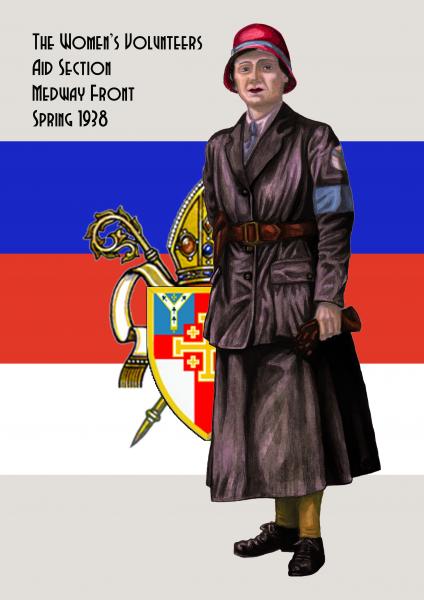 December 26, 2019 at 12:39 pm #1467028
December 26, 2019 at 12:39 pm #1467028Back to the grind. Found a bit of time last night to paint the last bits on these two. Killmonger and Black panther
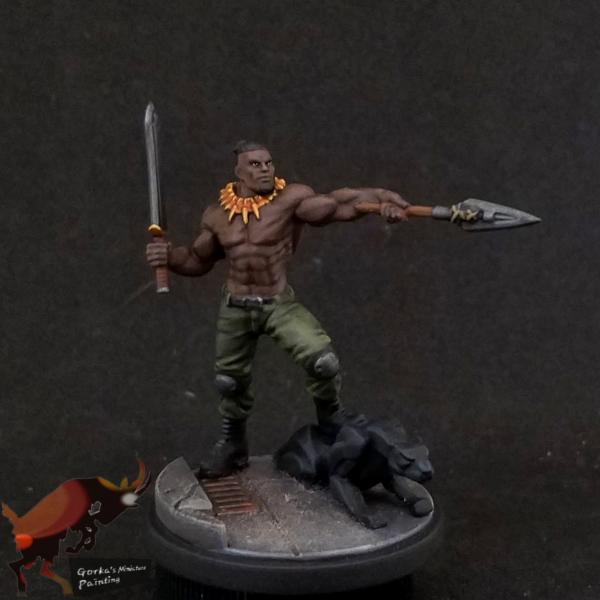
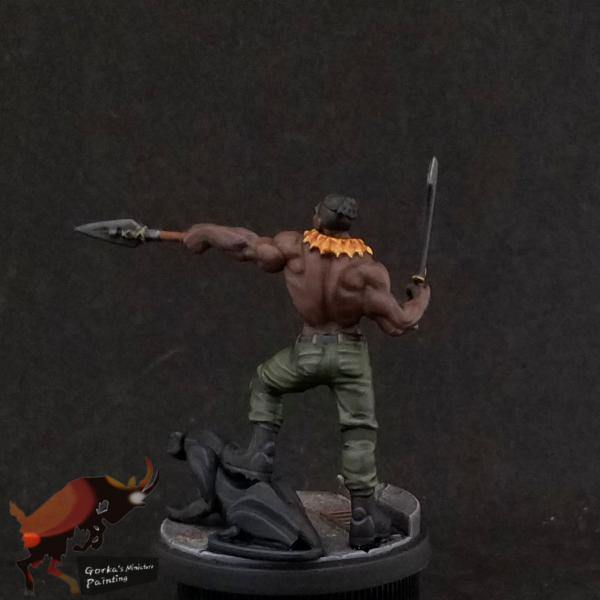
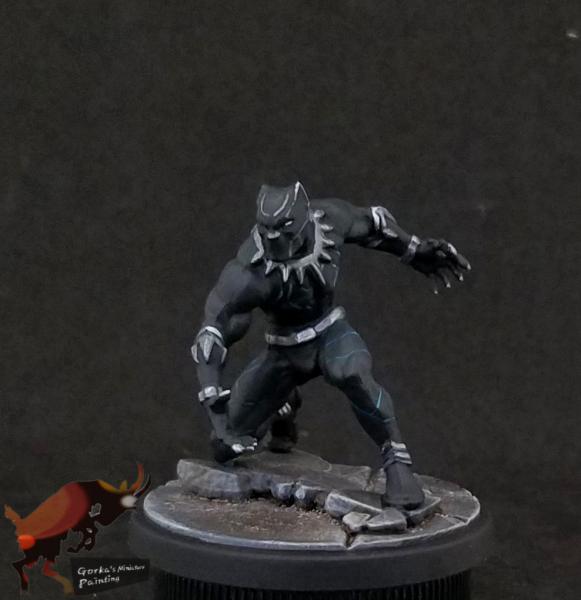
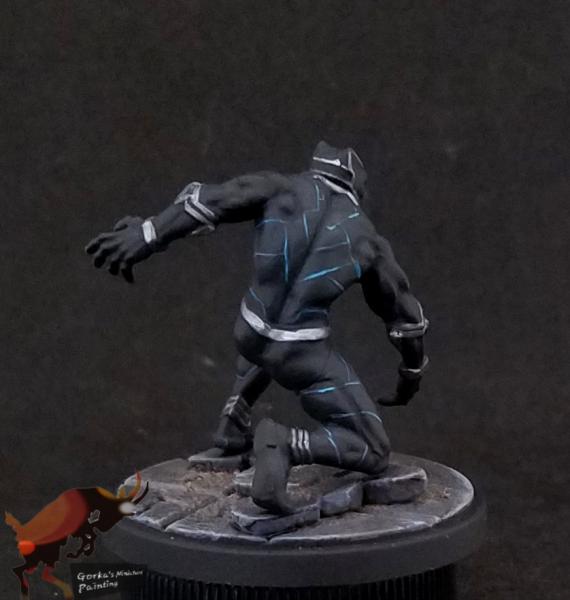 December 26, 2019 at 3:08 pm #1467036
December 26, 2019 at 3:08 pm #1467036Review and painting tips on RPG.net : https://www.rpg.net/reviews/archive/18/18426.phtml
Tiny Furniture’s “Dark Magister” furniture sets : http://tiny-furniture.com/products/search?sort=0&balance=&categoryId=&min_cost=&max_cost=&page=1&text=Dark+Magister+
 December 27, 2019 at 9:46 am #1467130
December 27, 2019 at 9:46 am #1467130 -
AuthorPosts
The topic ‘What Are You Painting Now?’ is closed to new replies.





























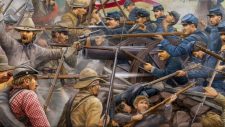


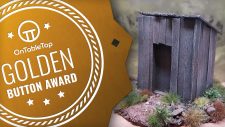

![Very Cool! Make Your Own Star Wars: Legion Imperial Agent & Officer | Review [7 Days Early Access]](https://images.beastsofwar.com/2025/12/Star-Wars-Imperial-Agent-_-Officer-coverimage-V3-225-127.jpg)






